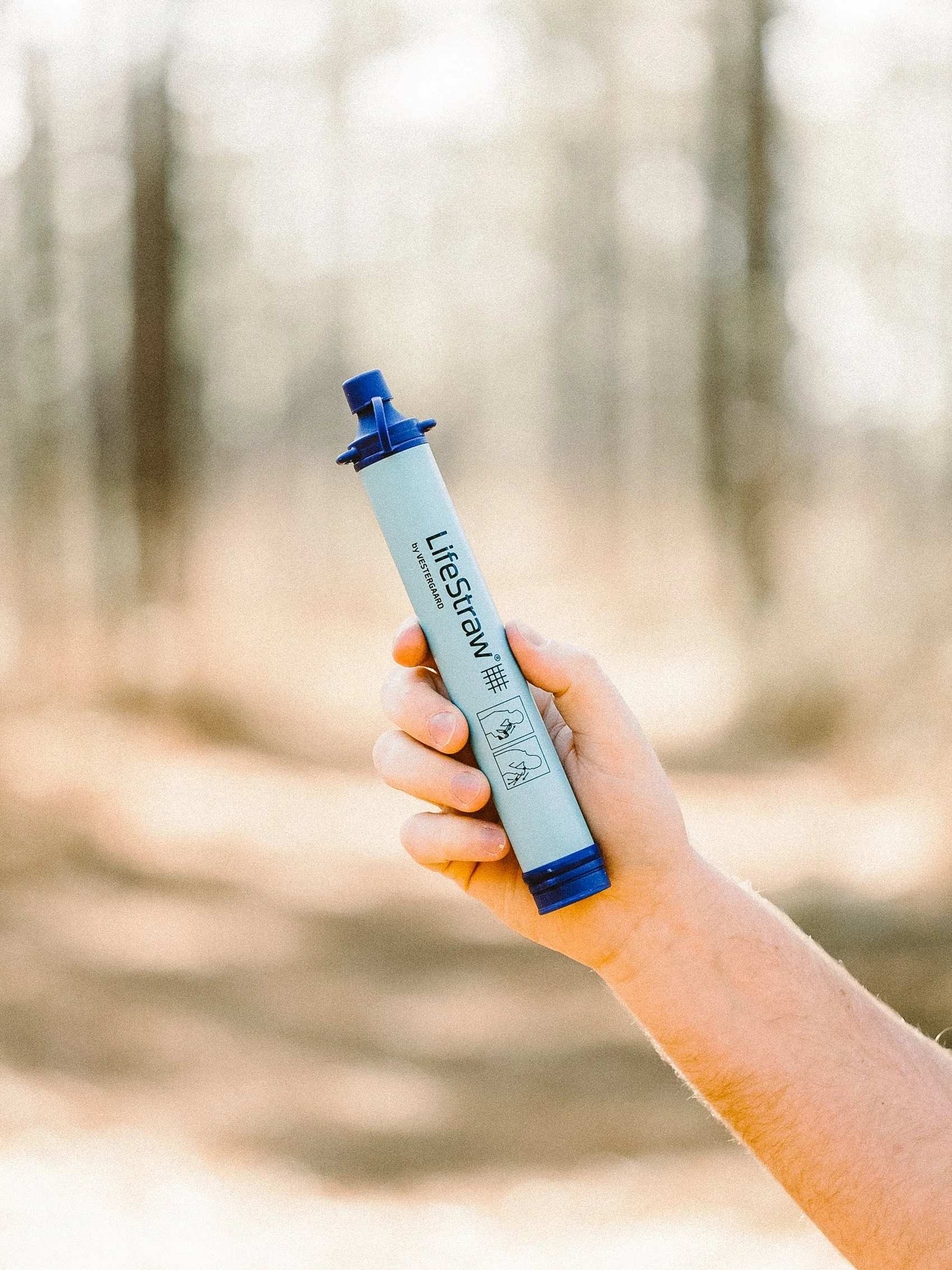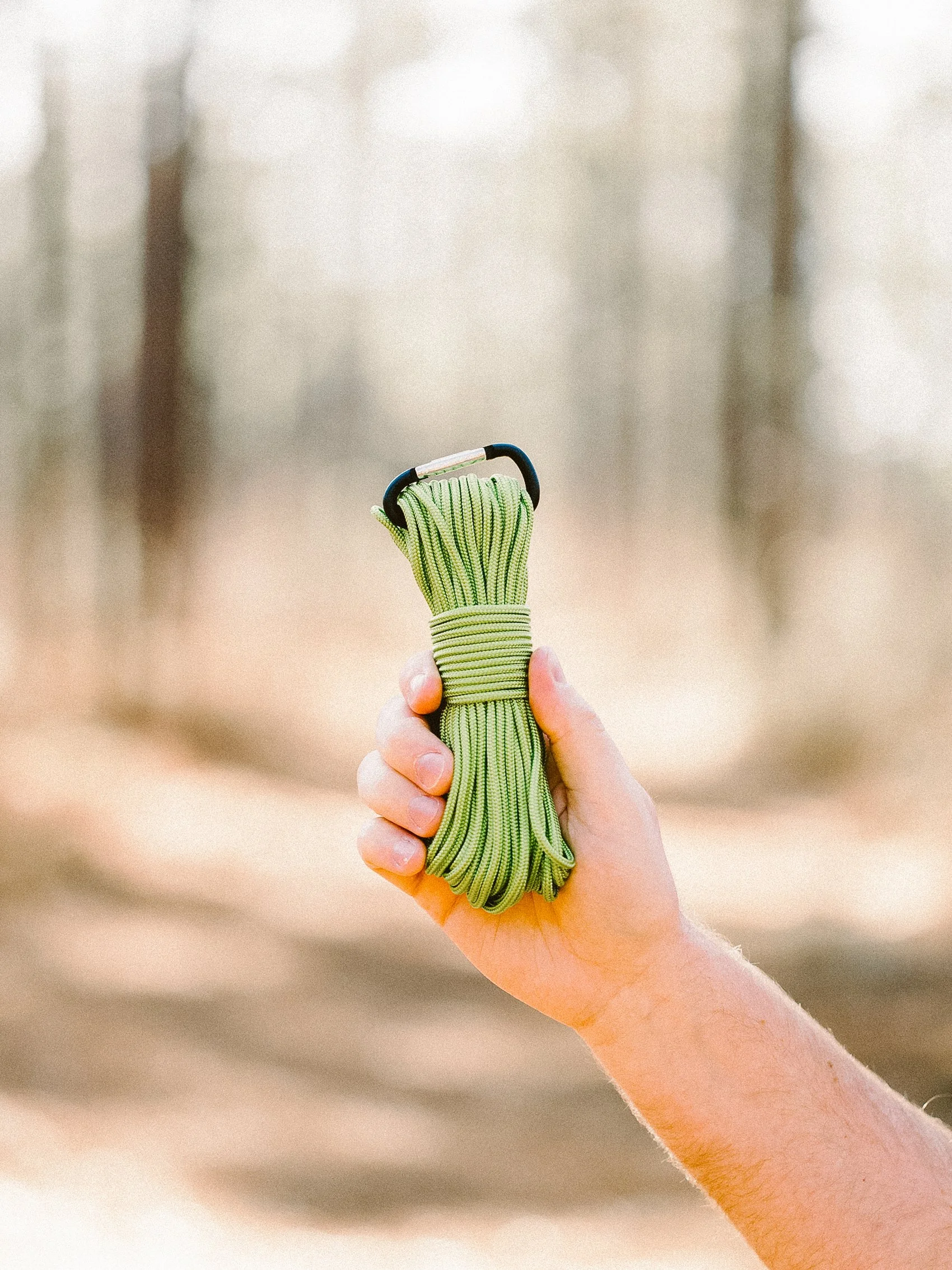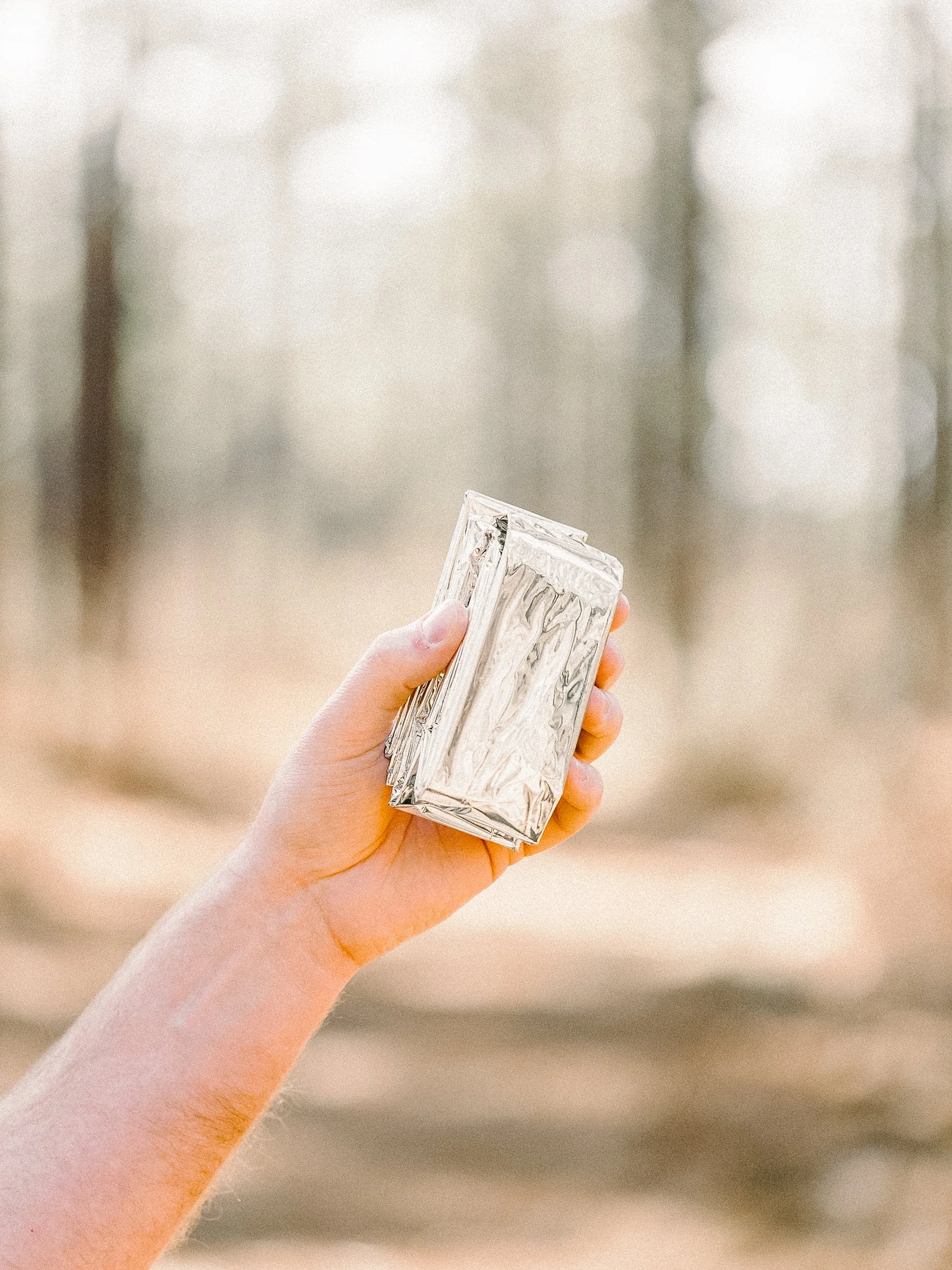What to include in your daypack for a short hiking trip
Single day hikes are not only the easiest to plan, but perfect for beginners. It’s good to be prepared, but what exactly should you pack so as not to create a backpack that’s too heavy? The key is to consider weight distribution. Pack the heavier items on the bottom of the bag and closer to your back. Below, learn what to include, and what to leave at home!
START WITH A HIGH-QUALITY PACK
Look for high-quality materials. Waxed cotton canvas is our favorite, but many outdoor brands opt to use recycled polyester for its weatherproof abilities. You’ll want to make sure it’s lightweight, comfortable, has adjustable straps, and is water-repellant.
Built for adventure, lately we’ve been loving the Kovered UK Taw Backpack. Eco-friendly and sustainable, they source reclaimed full-grain leather from hides that would otherwise be discarded. A heritage bag, if it fails in any way they’ll repair or replace it under their lifetime guarantee and normal wear-and-tear will be repaired by talented artisans at a cost-effective rate.
ID AND PHONE
There’s no reason to lug around a purse or wallet, but do make sure to have your ID on your person in case of emergencies. It’s also a good idea to pack your phone, but we suggest turning it off unless needed, so that you can truly unplug in nature (and conserve your battery). ID and phones are best placed in a small outer compartment, if you have one.
CLOTHING
At the bottom of the pack should be items not likely to be required. Spare clothes are invaluable to have should you stay out longer than expected or the weather unexpectedly turns. Depending on how much room you have, this could mean socks, undergarments, t-shirt, shorts/pants, fleece, and hat/gloves in the winter. If room is limited, wool socks and a fleece sweater are most useful. While on the topic of clothing, layering is essential — especially in the mountains when conditions could change at a moments notice. Don’t start your hike without checking the weather report ahead of time. Lastly, pay attention to the materials you’re wearing. As much as we tend to stay away from synthetics, hiking trails are not the place for cotton or linen. Instead, moisture-wicking base layers will be breathable and keep you dry. Consider merino wool — it’s a favorite among outdoor enthusiasts!
WATER
Bring a reusable water bottle for each person on your hike. Our favorite is the Yeti 36oz Rambler with a chug cap, which is leakproof and keeps drinks refreshingly cold all day long — no matter how hot it is outside. Admittedly large, if it’s too big for exterior water bottle pockets, store it inside the pack or use a carabiner clip to secure it to an outside loop. If your daypack has a hydration pack built in, be conscious nothing sharp is near it. We still recommend packing a water bottle, in case it bursts. If your pack has exterior pockets and your water bottle fits, that would be optimal so as not to take up too much room inside. While on the topic of water, we never go on any hike or outdoor adventure without our Lifestraw, in case of emergency situations. It’s small and lightweight, and filters any available water from lakes and streams, so that you can safely hydrate should you run out of water.
SNACKS/MEALS
If you’re taking more than just a short hike, packing snacks and/or meals is a must! Some go-to options include muffins, sandwiches or subs wrapped in beeswax wraps. Or trail mix, granola, dried fruit, oranges or apples stored in a reusable Stasher bag. Other popular options are freeze-dried meals, such as those from Mountain House, Backpackers Pantry, and Patagonia. Store food at the top of your pack for easy access.
FIRST AID AND EMERGENCY ESSENTIALS
We wholeheartedly recommend JUDY for first aid essentials. If you don’t have a dedicated emergency kit, make one of your own with bandaids, tweezers, antihistamine, water purifying tablets, matches, bug spray, etc. If applicable, don’t forget medications, epi-pens, inhalers, etc. Other critical items seasoned hikers may suggest carrying include a flashlight, knife, compass, map, whistle, paracord, hook/thread, and emergency blanket. For longer hikes, you may also want to consider toilet-paper, ziplock bags, and hand sanitizer. First aid supplies should be quickly accessible in case a situation arises where they’re needed, so place this near the top of your pack, with your food.
EXTRAS
Take note of any extras you plan on bringing. Cameras, for instance, will be at the top of the pack as they’ll likely be used frequently. Bear spray, in case a bear or wild animal charges at you, should be easily accessible via an exterior pocket. Sunglasses and sunscreen are also essentials.






